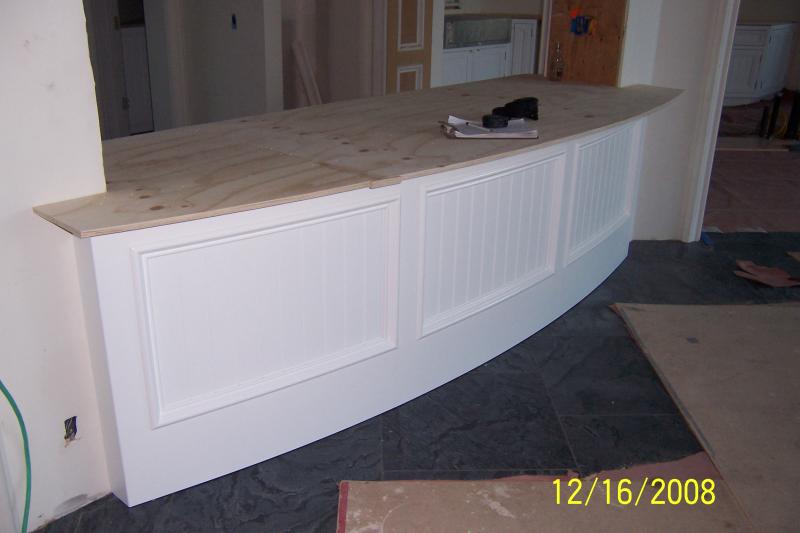Question
I have been approached to construct some large raised-panel panels. The plan is to use 3/4" hardwood (cherry for this particular job). Each panel would be a 4-panel with three stiles and three rails. Essentially each panel looks like a four-panel door but will not be used as a door. There are a few different sizes with the largest being approximately 54" wide by 94" high. I plan on making most of the stiles and rails 5" wide, with the exception of the center stile which will be 8" wide on the larger (54 x 94) panel.
The current thought is to use my cabinet door raised panel, rail, and stile bits to mill the components. I need to allow ample room for the floating panel sizes, but do not foresee a problem there. To keep the panel from rattling I could use space balls or simply pin the panel at the top and bottom center points of each floating panel. The completed assembly, after installation, will be supported along both vertical edges. I am not certain about any horizontal support at this time. Does anyone have any thoughts or comments regarding this approach?
Forum Responses
(Architectural Woodworking Forum)
From contributor A:
These are pretty big to approach as cabinet doors. 8" and 5" material will have some movement to them, and those stubby little tenons aren't going to hold up. It's time for some big boy joinery. We typically do this type of work at 1" thick with 1-1/2" deep mortise and tenon, coped and stuck. MDF core match grain veneers are laid up, sized and framed with a ploughed raised mold, splined at the corners. These are finished before installation, front and back. You are right, these are not doors.Wall paneling is all about two things: grain and shadow. Match the grain horizontally and vertically, and the thicker material will allow you to offset your mold and joints for a deeper shadow. Anything less is far less, in my opinion.
